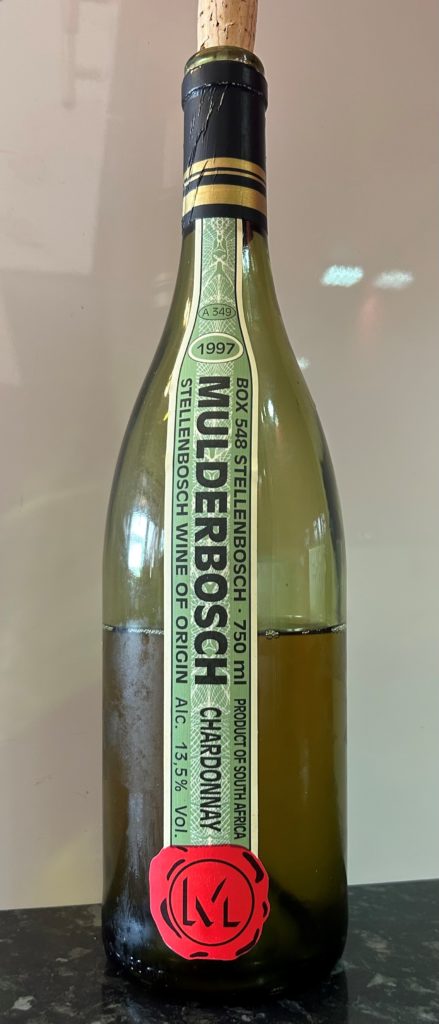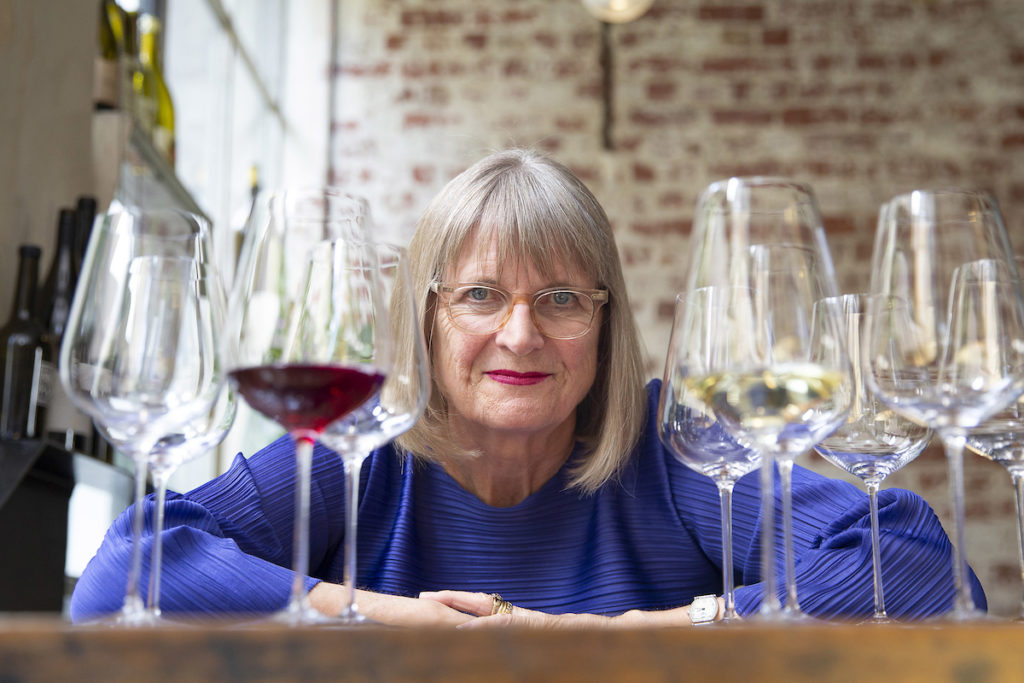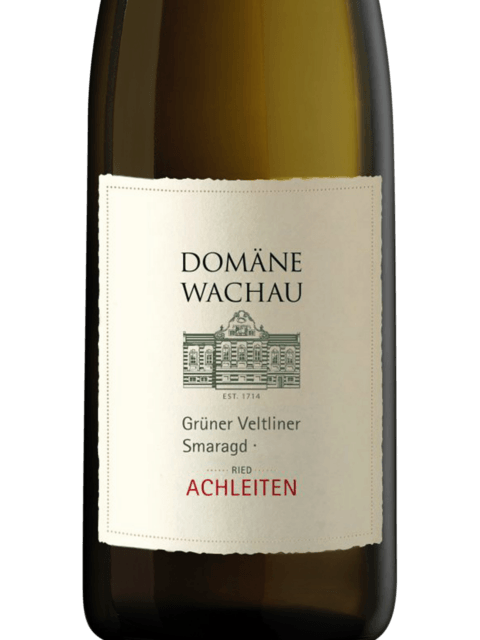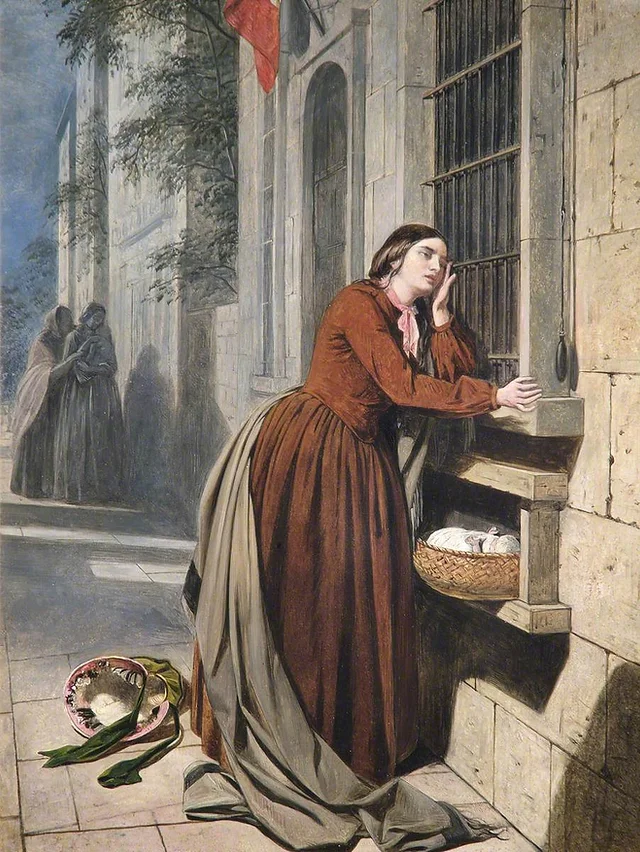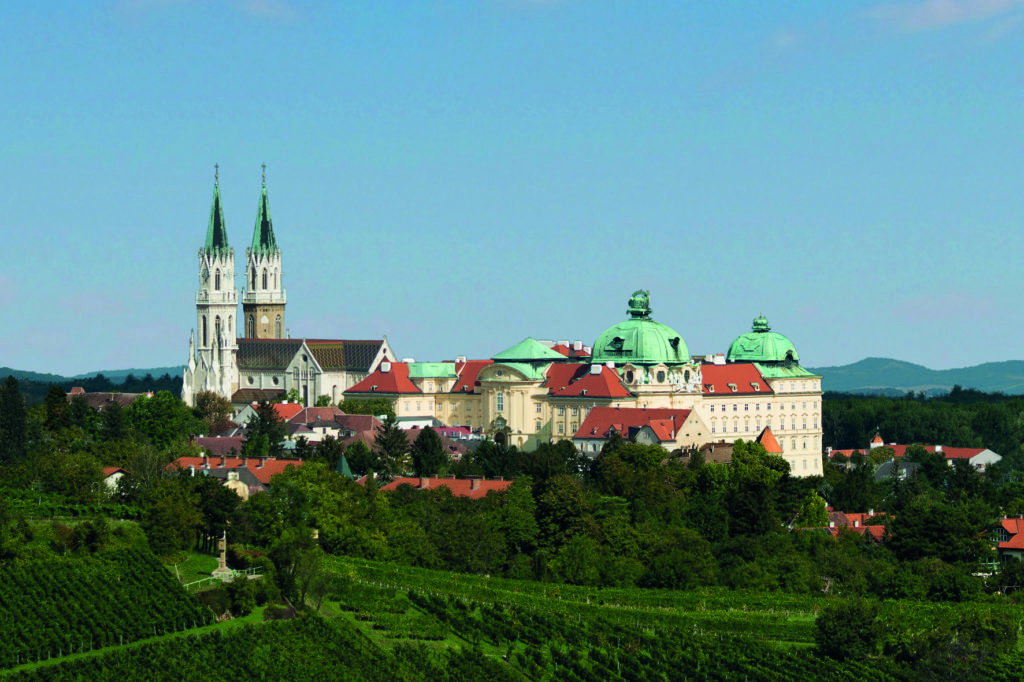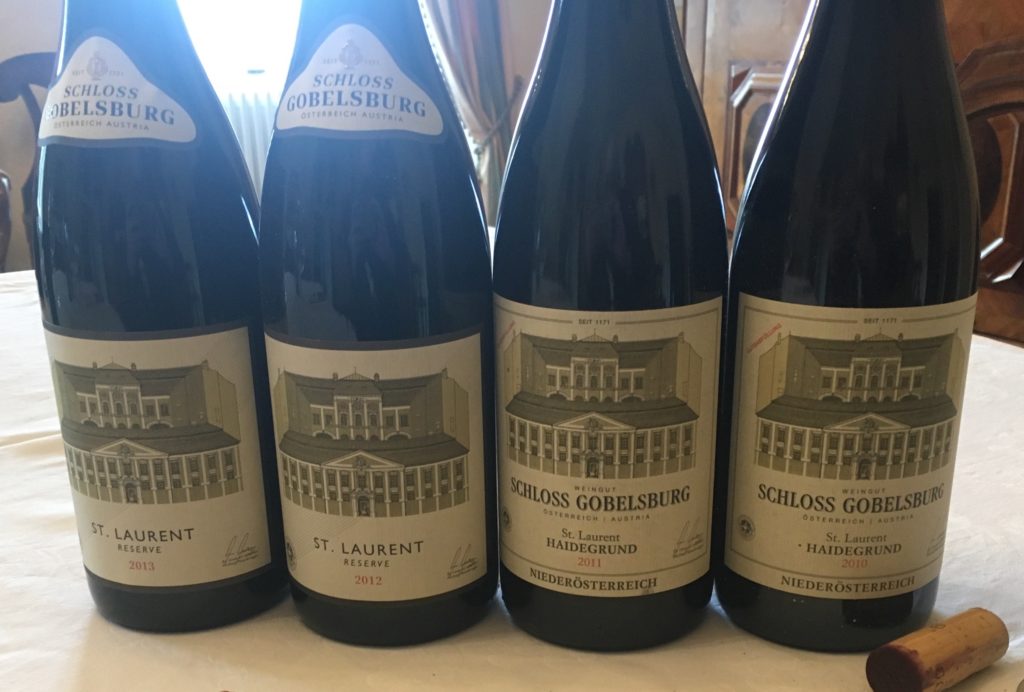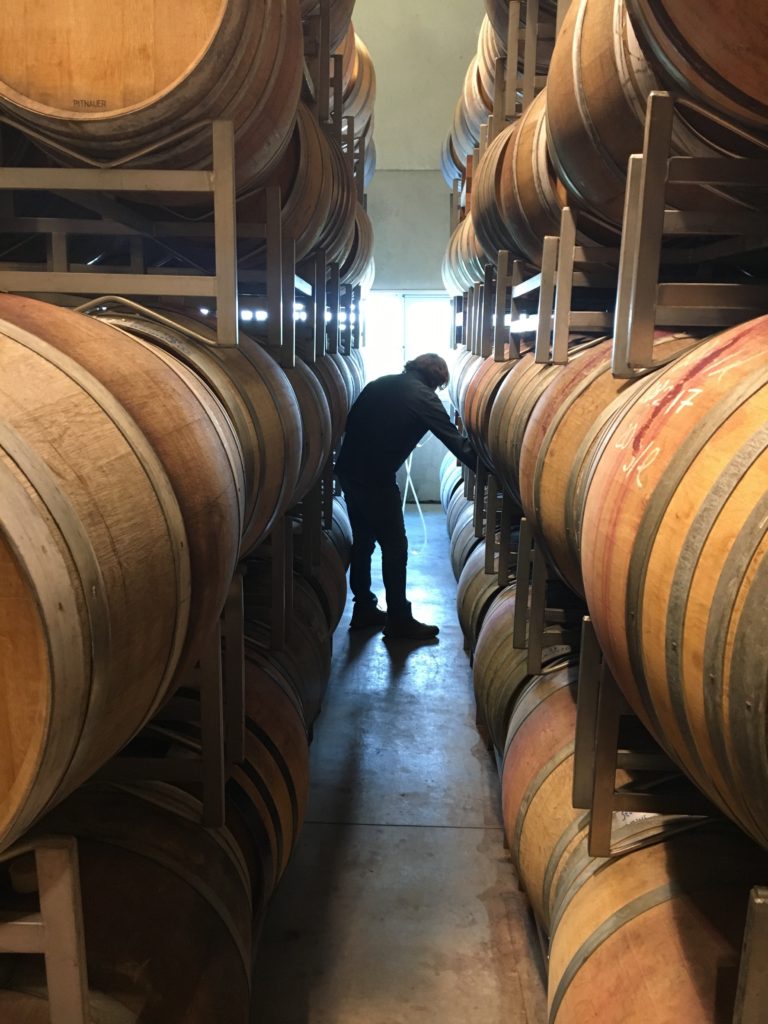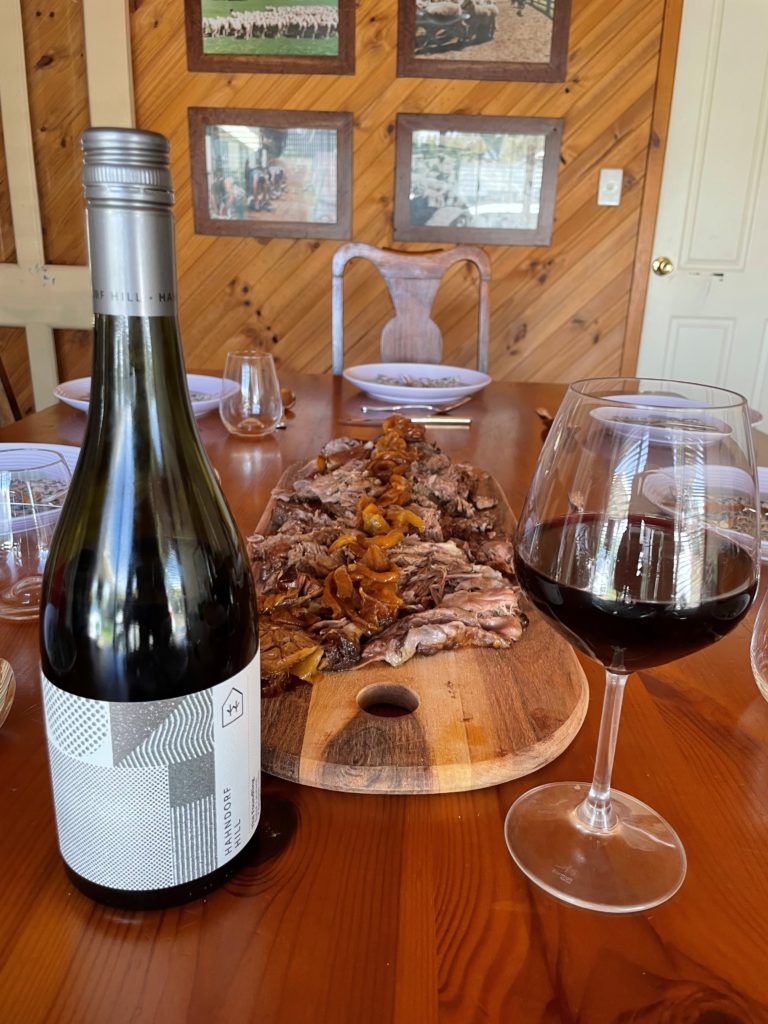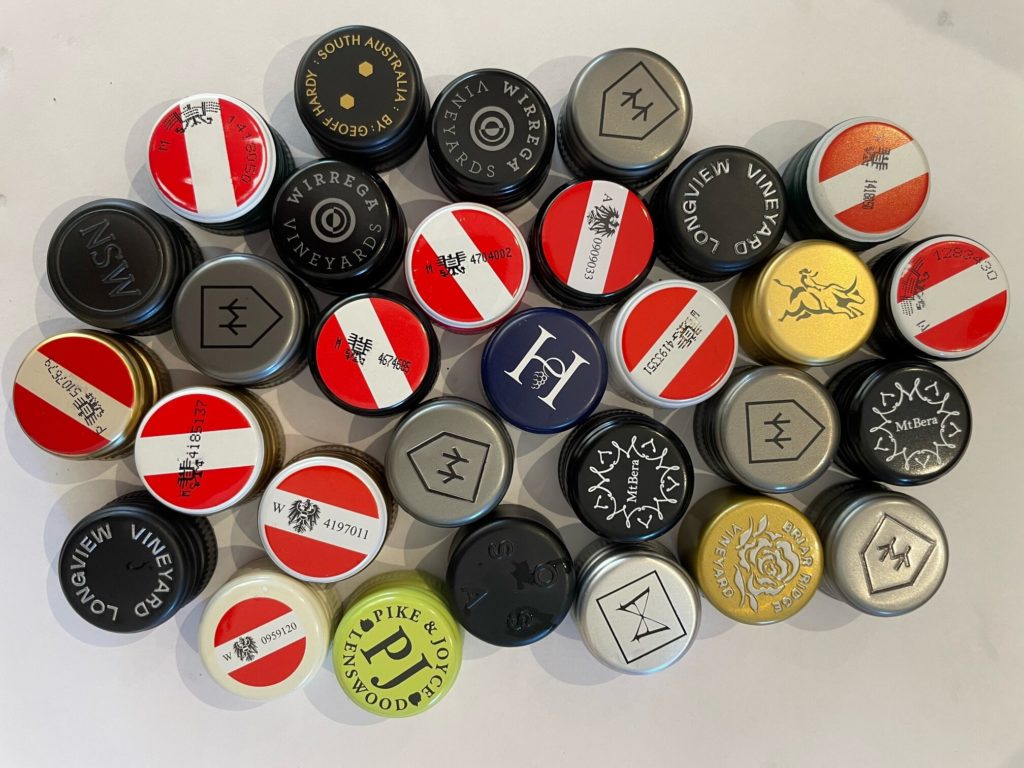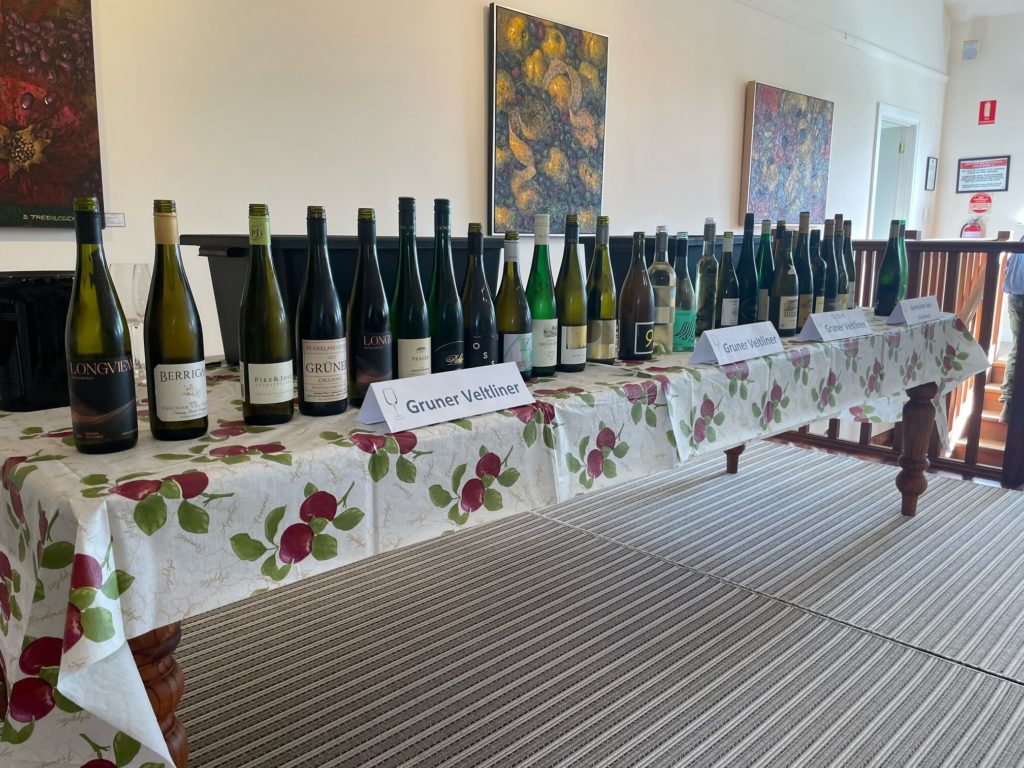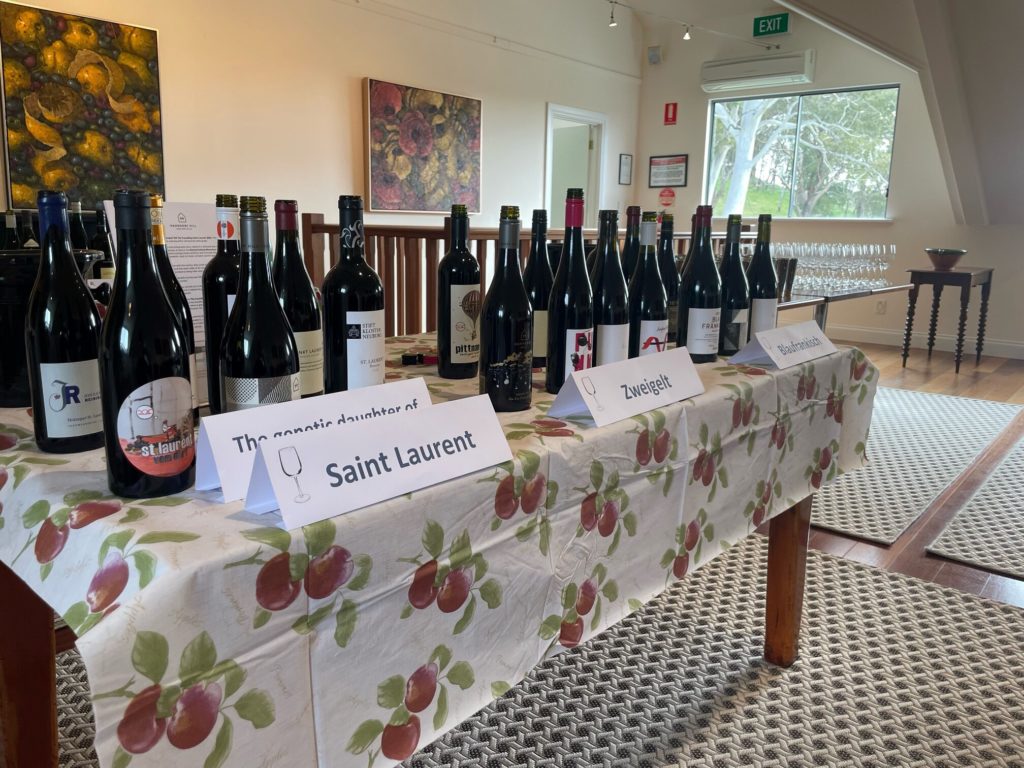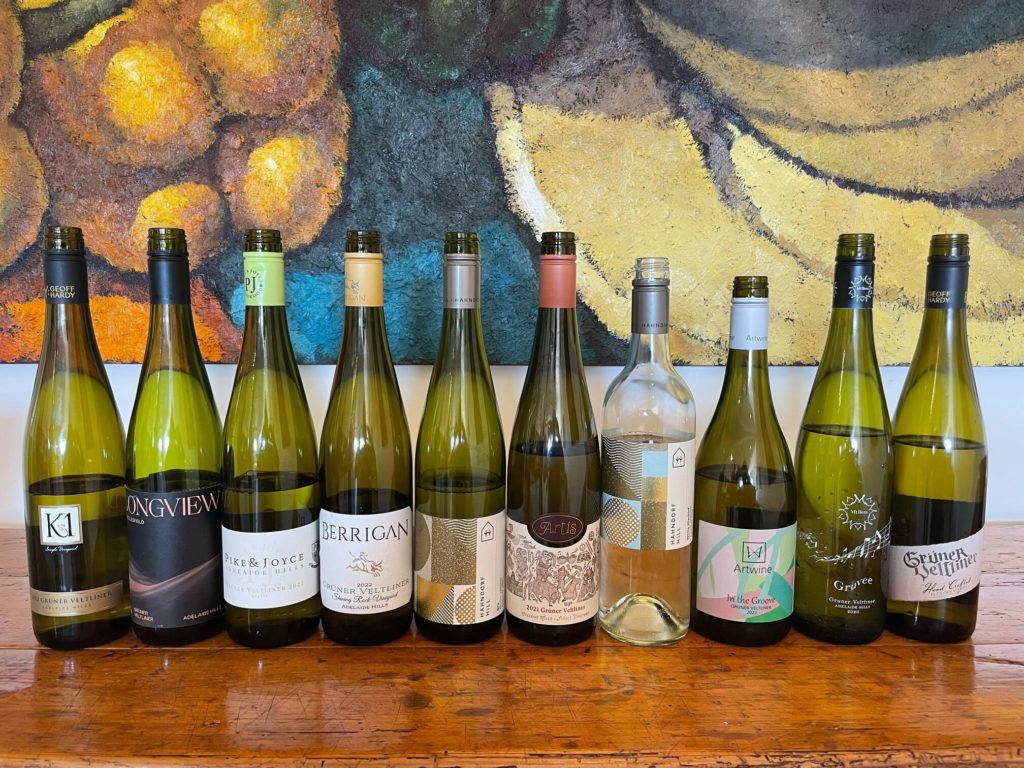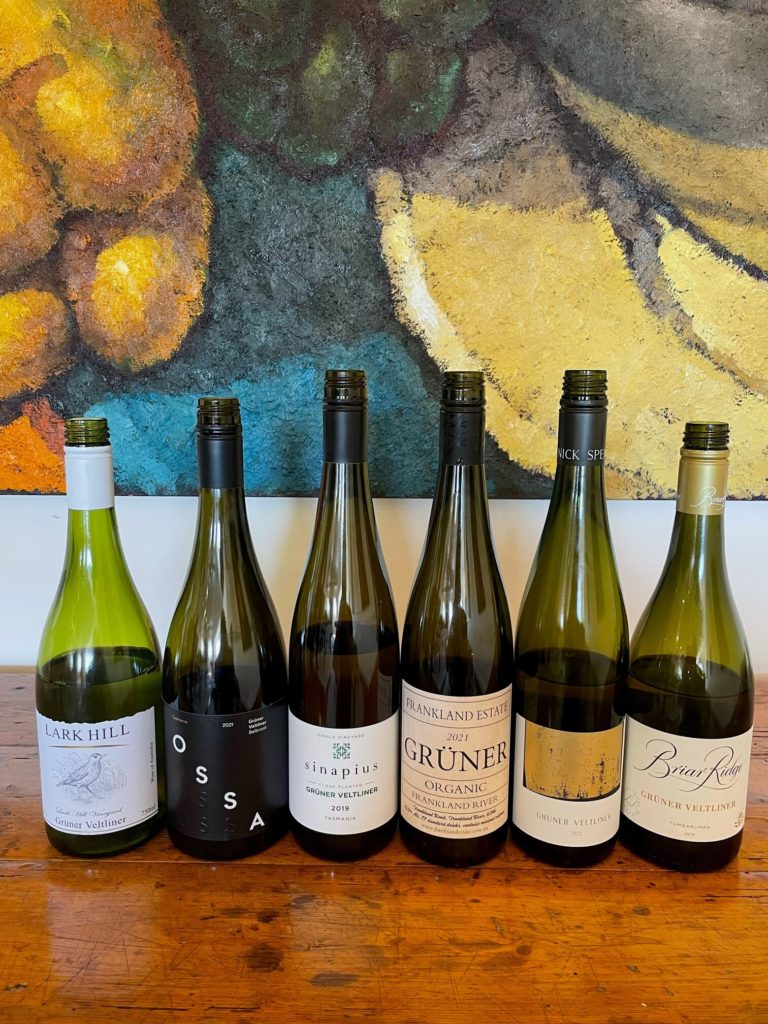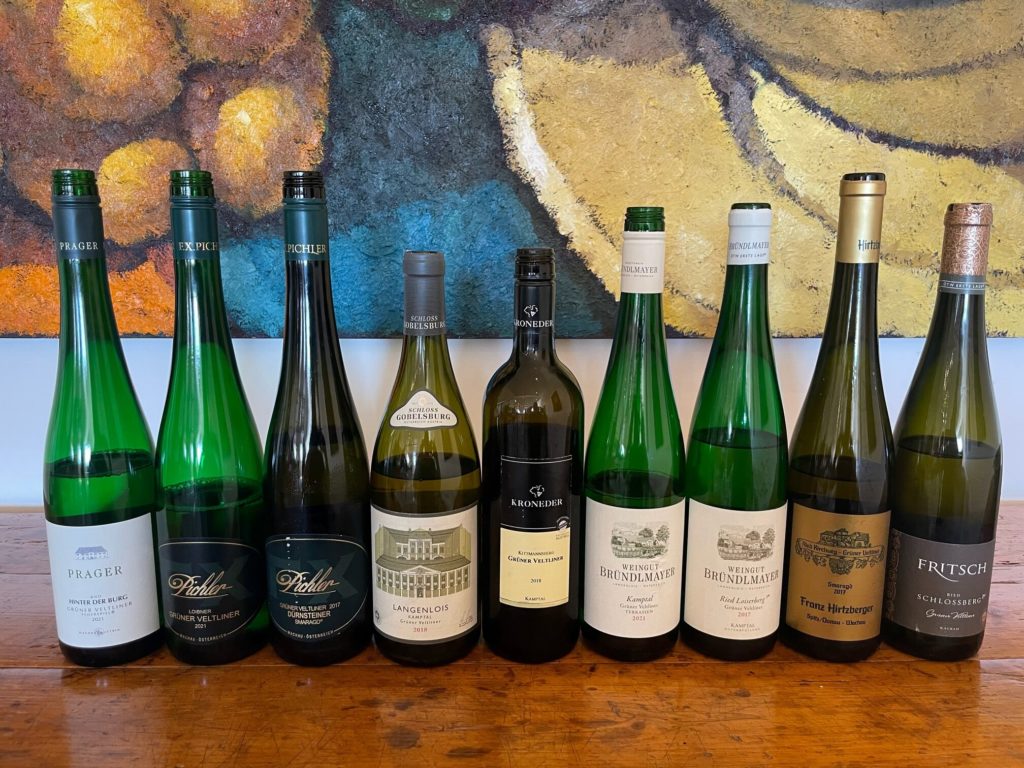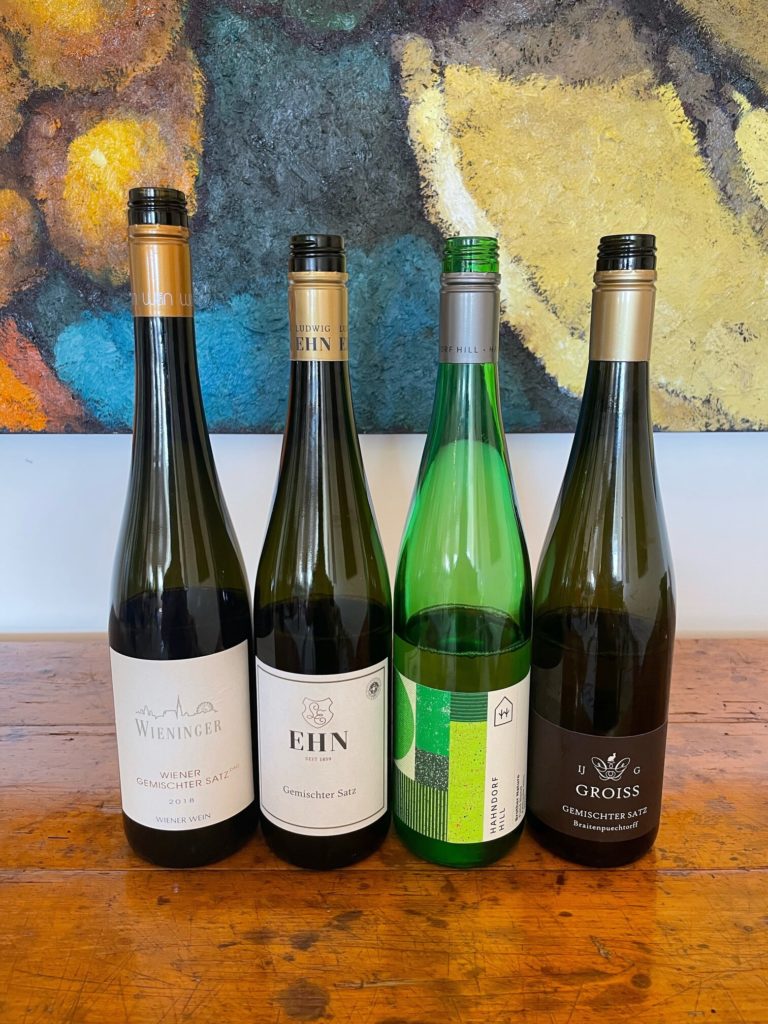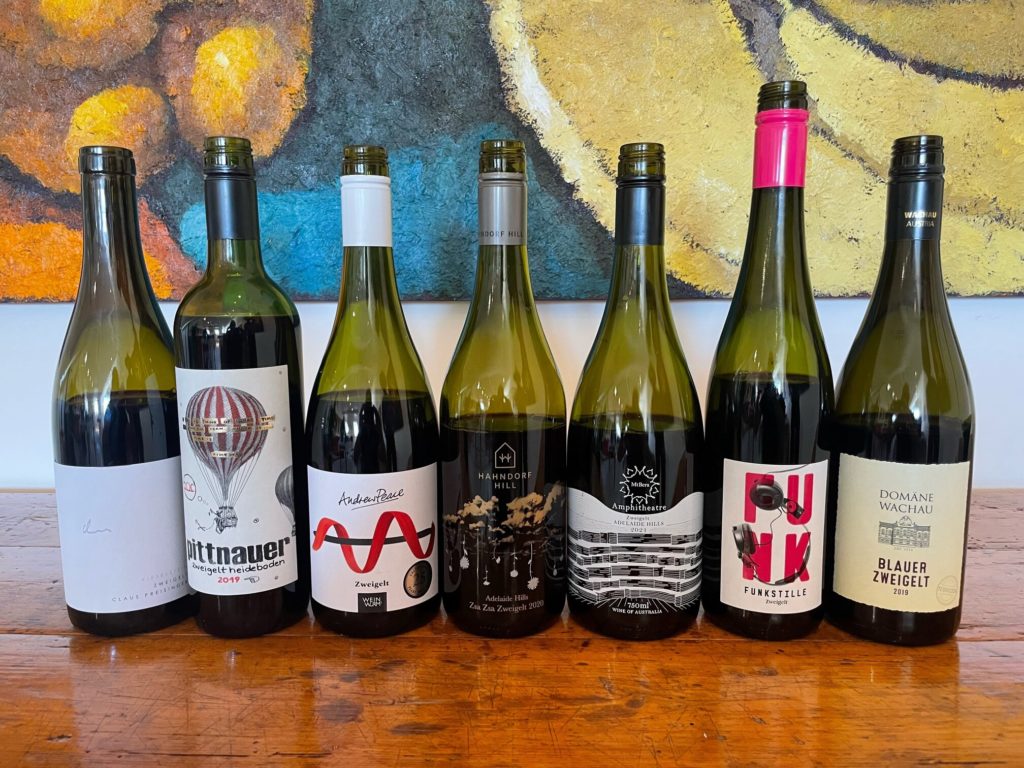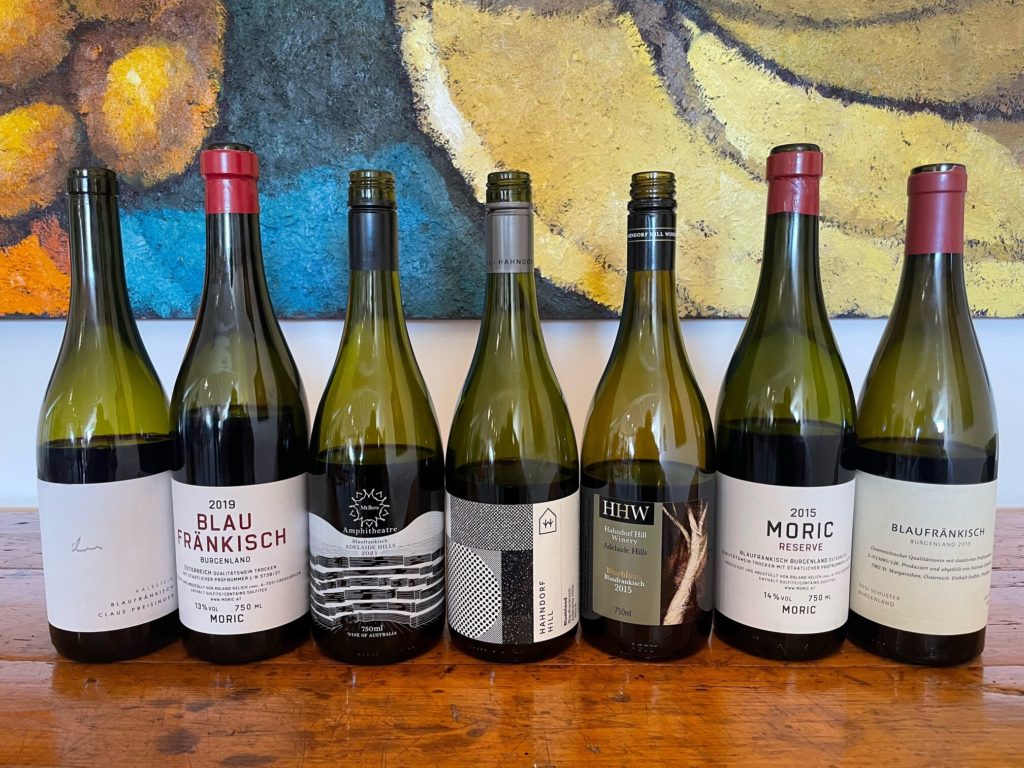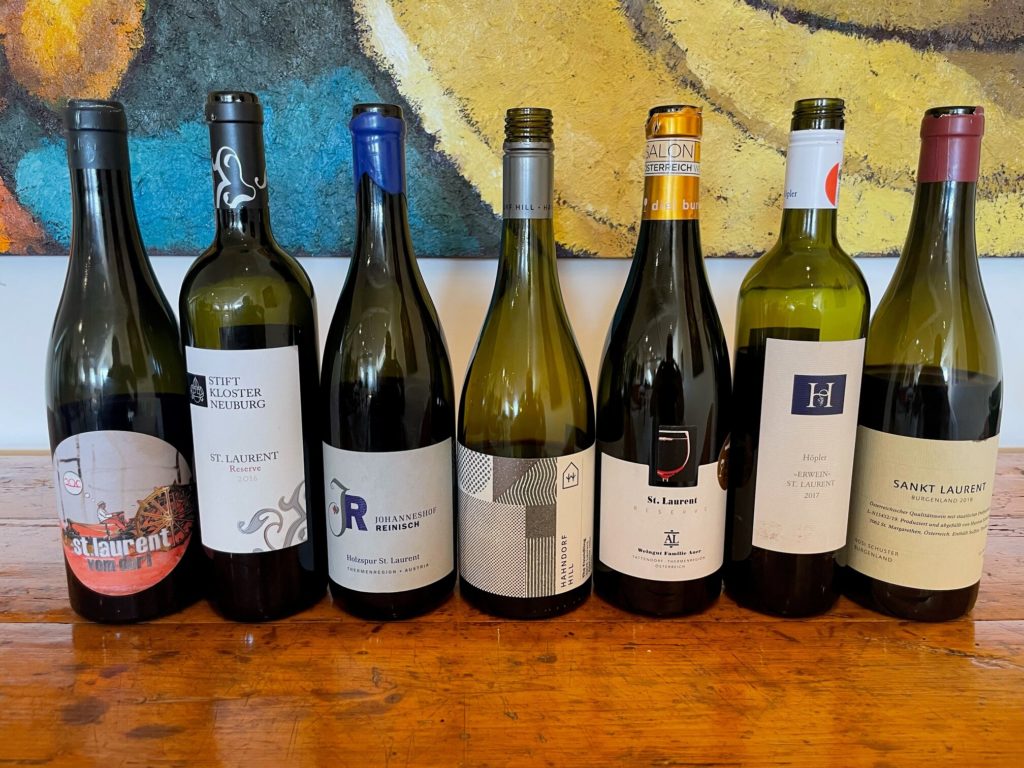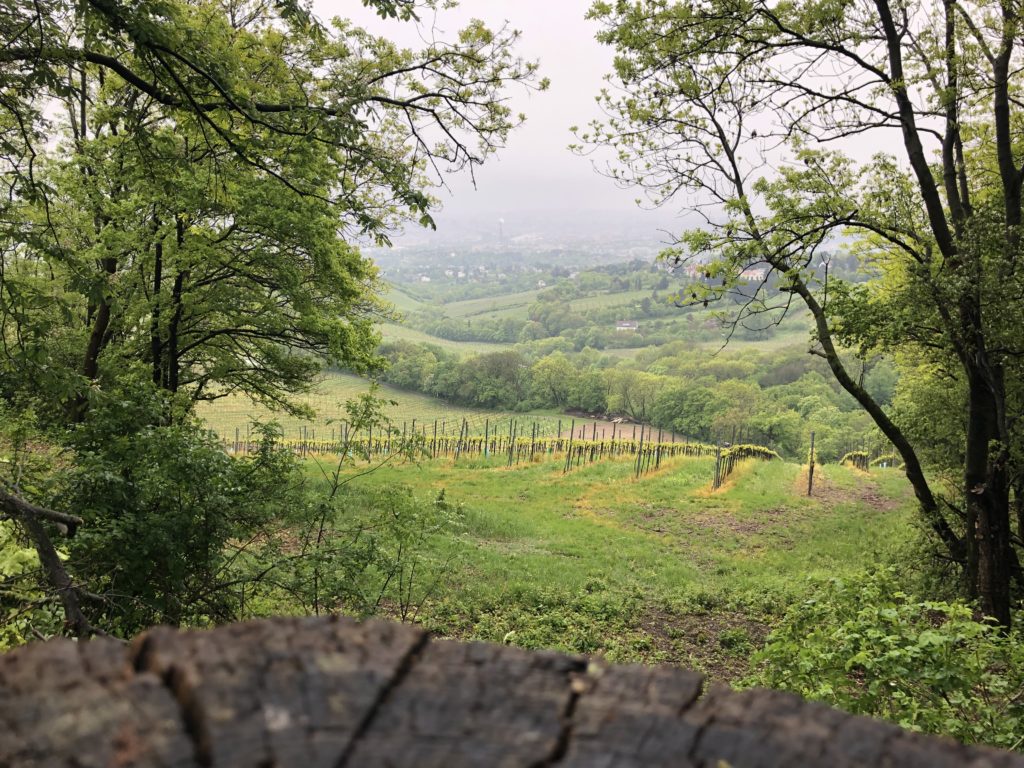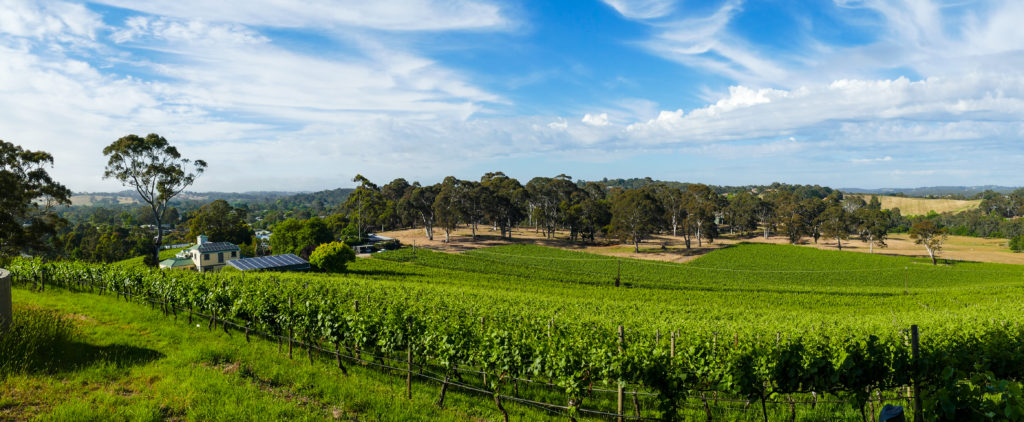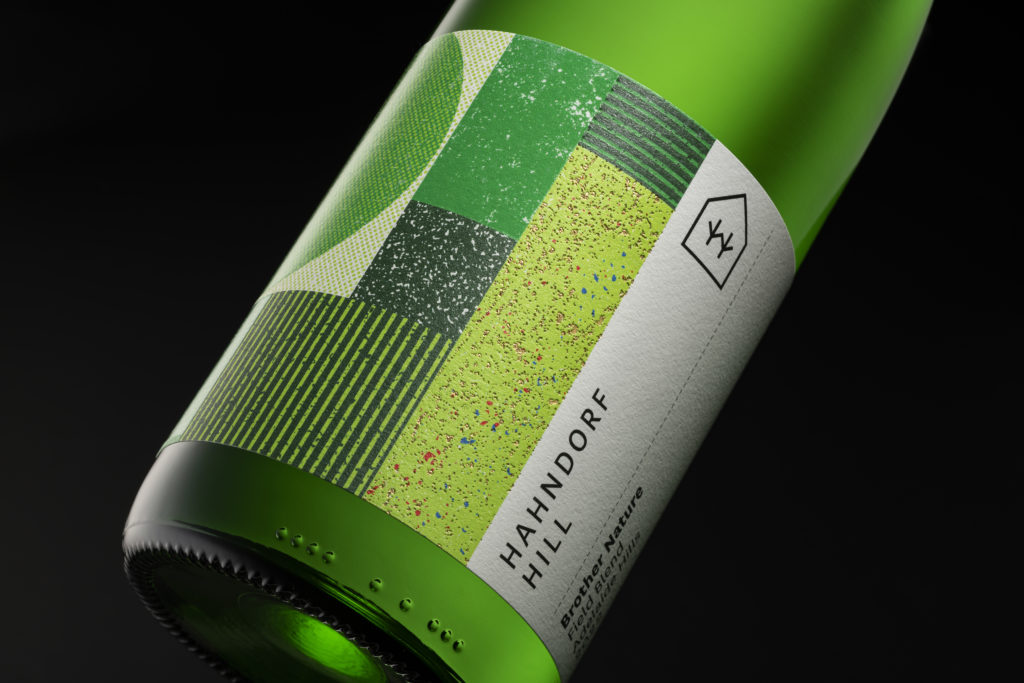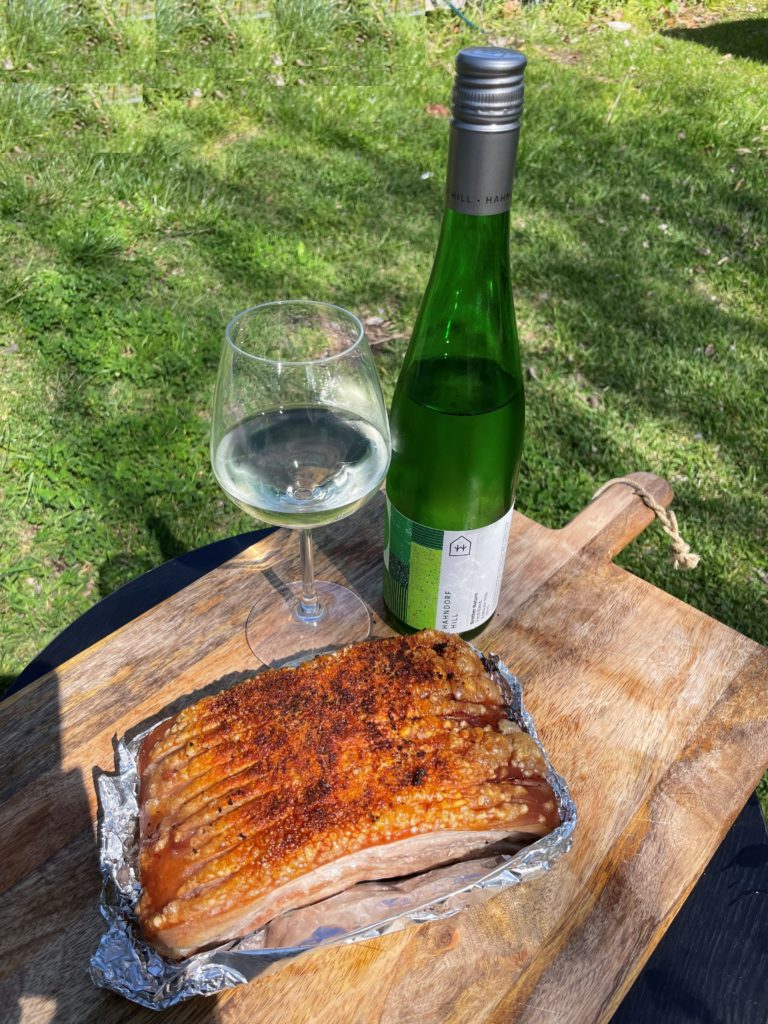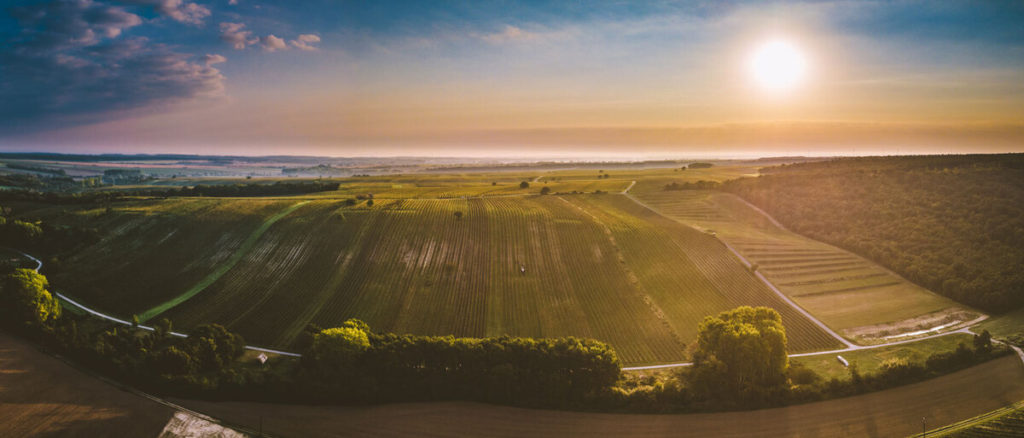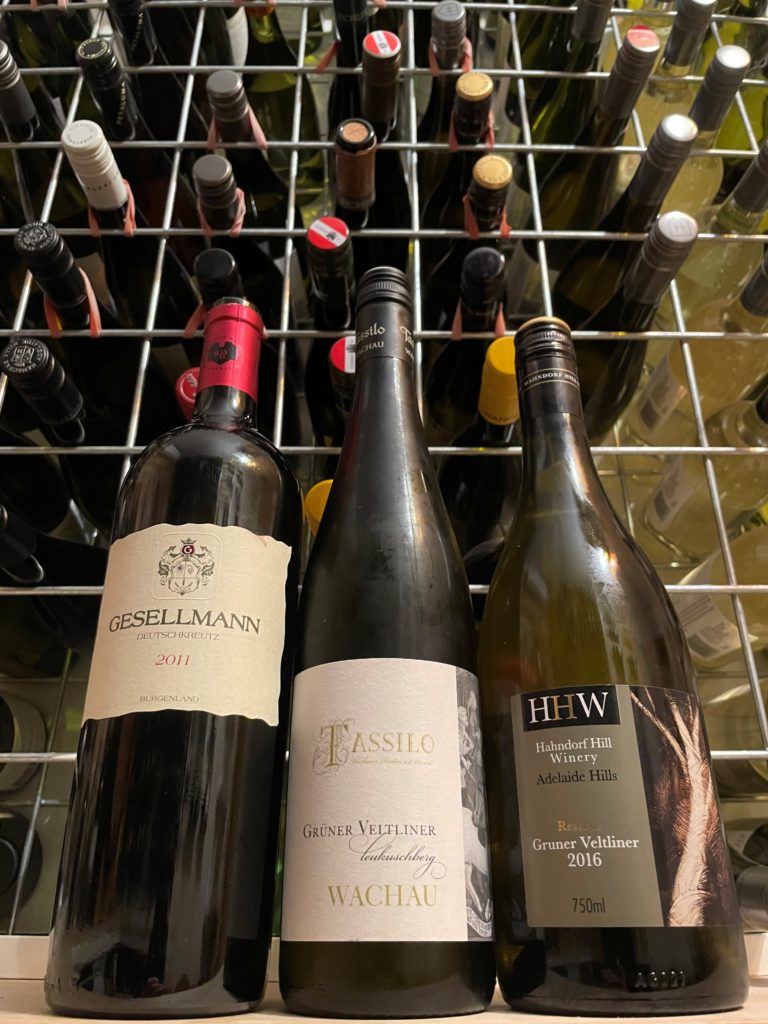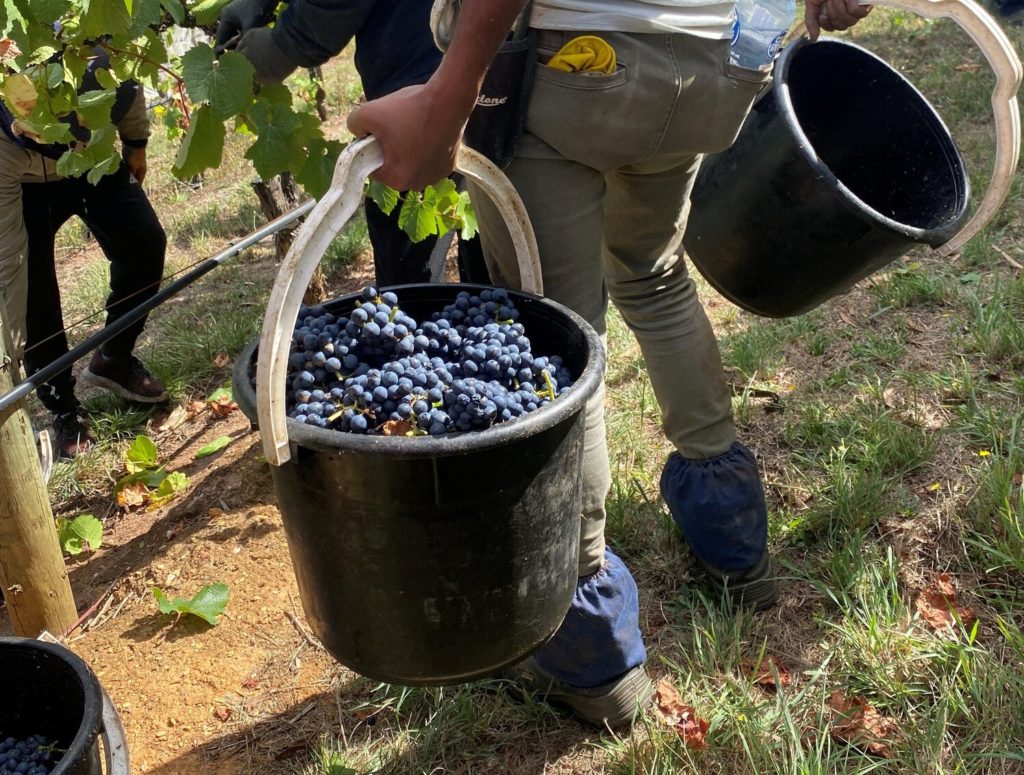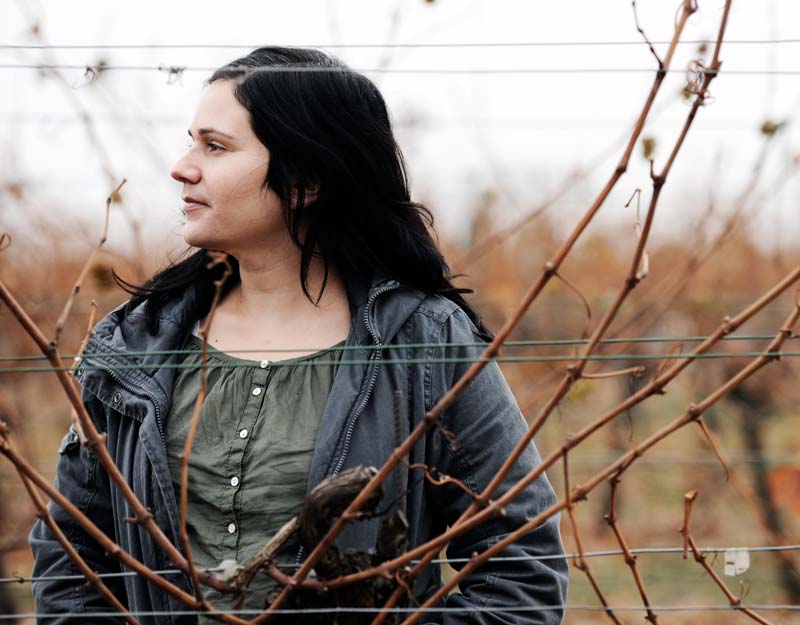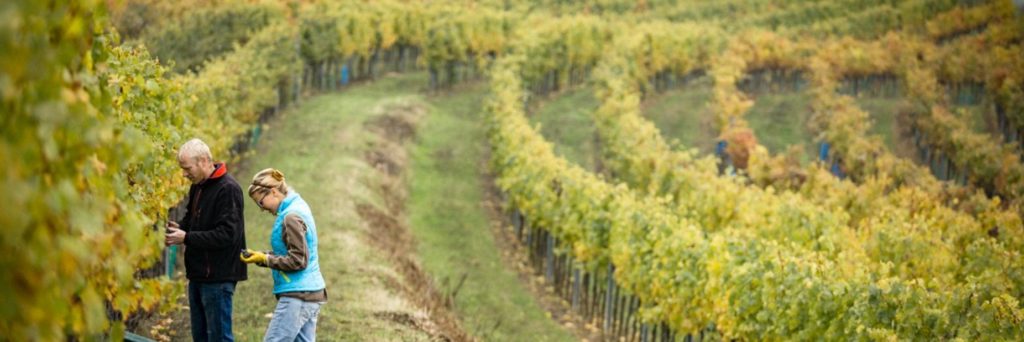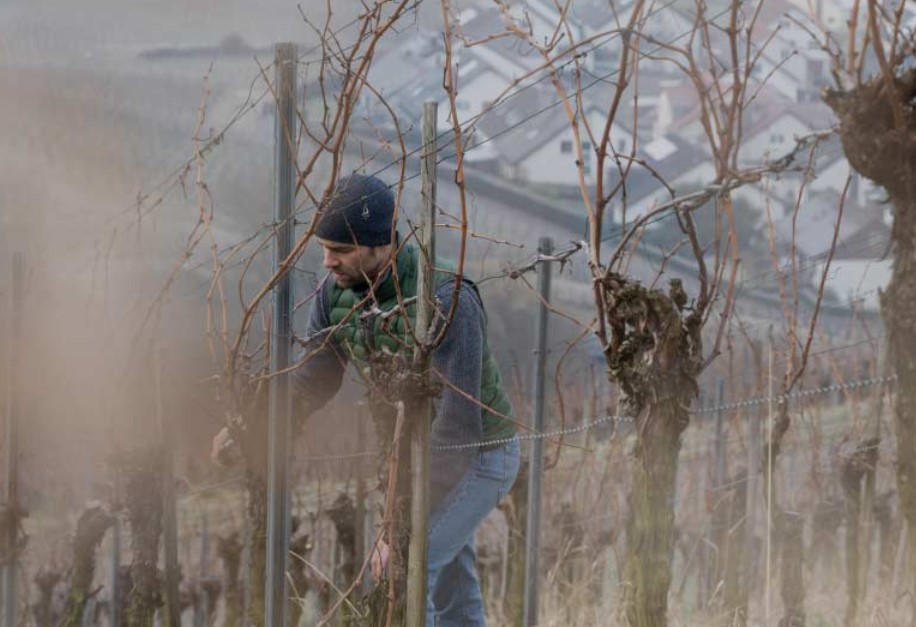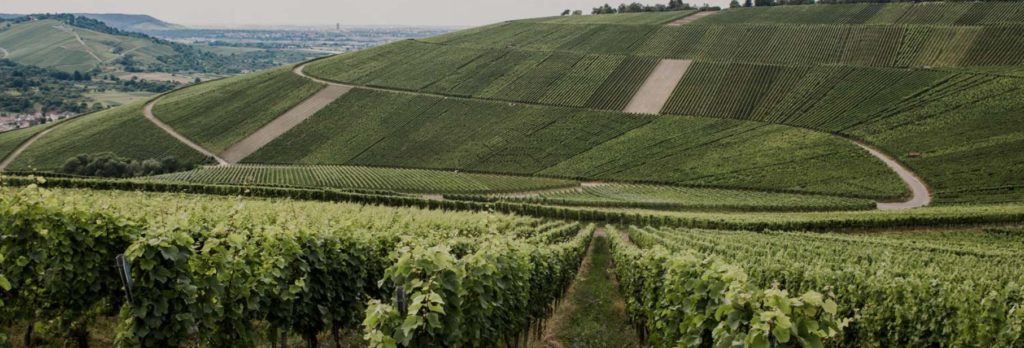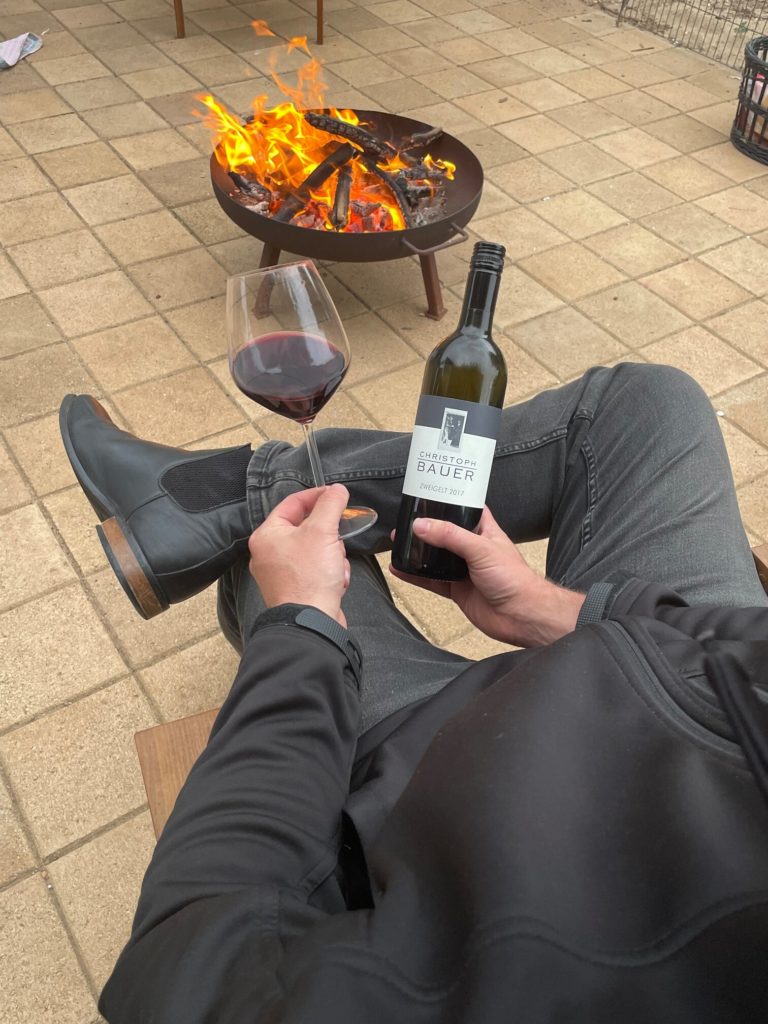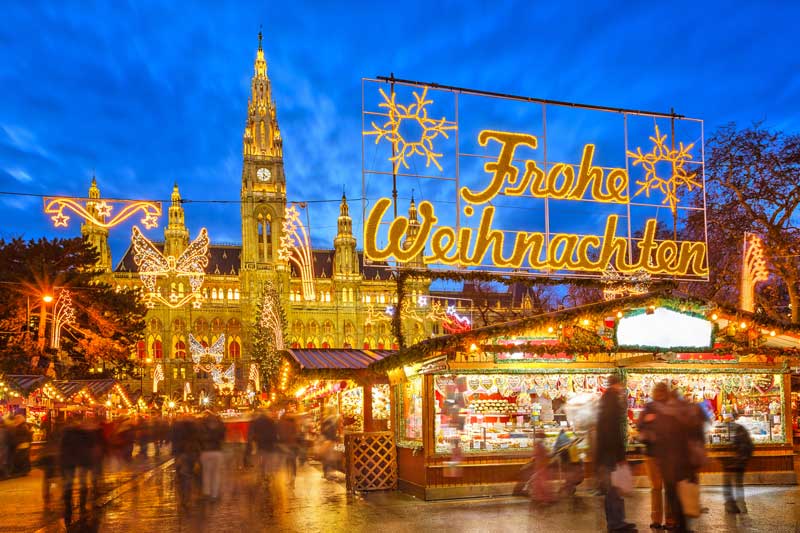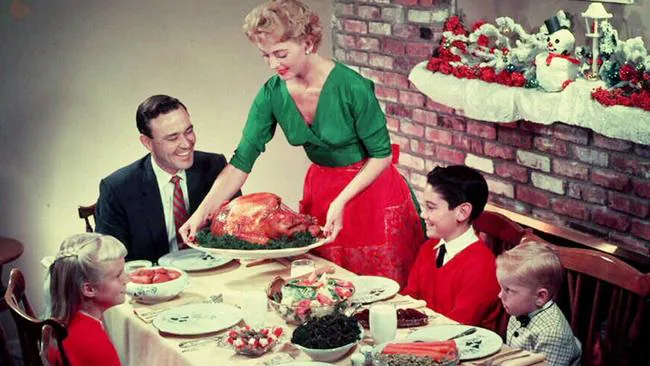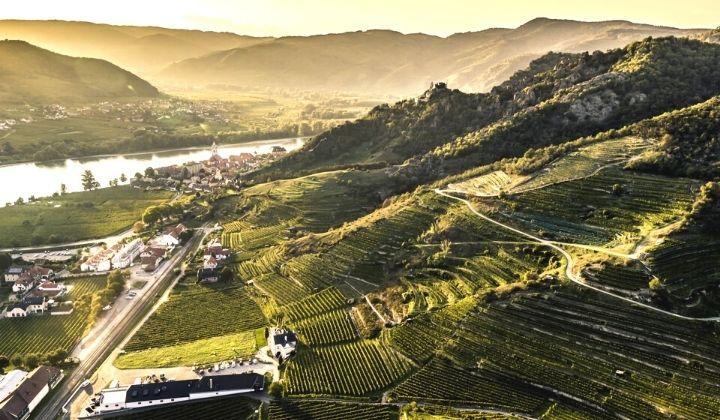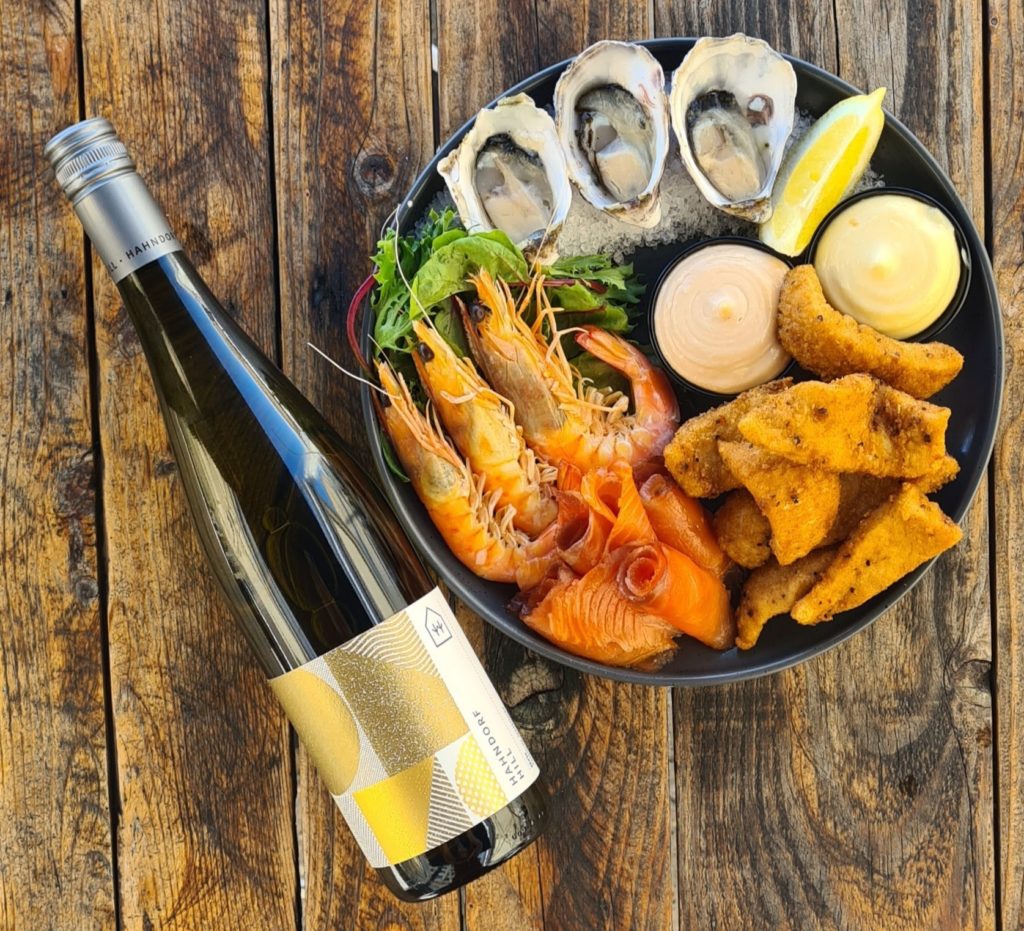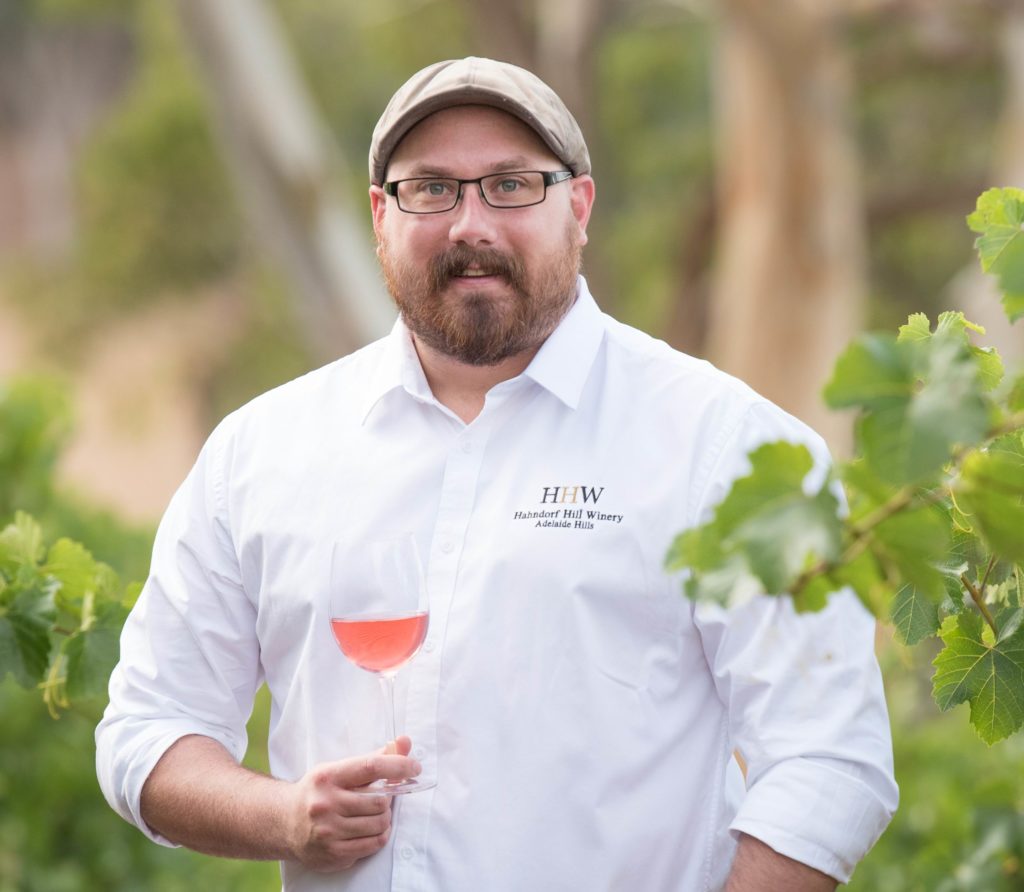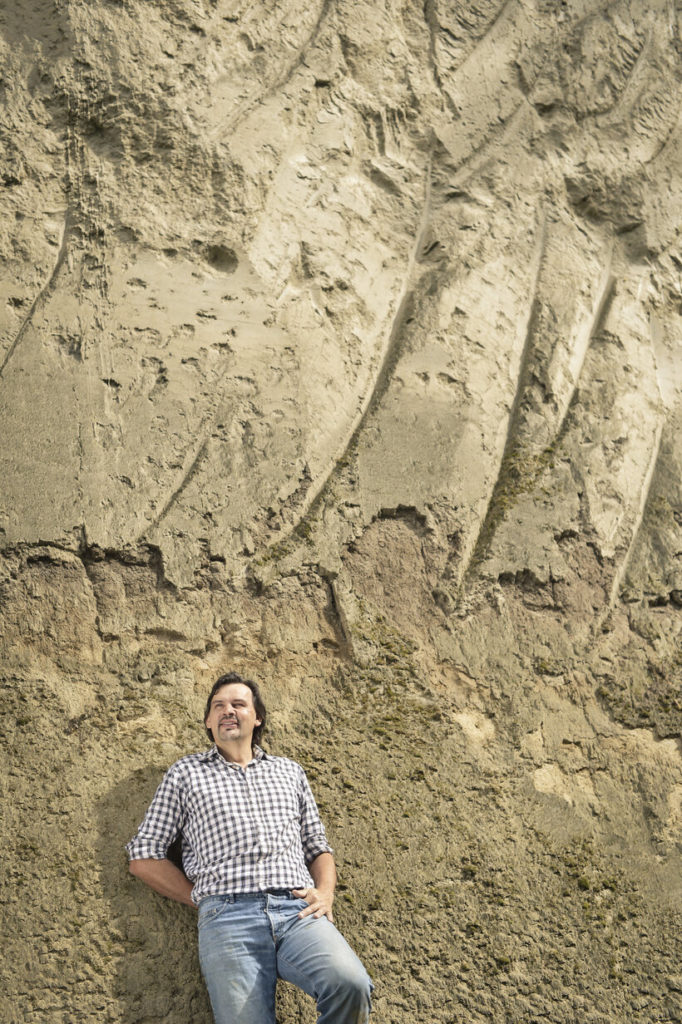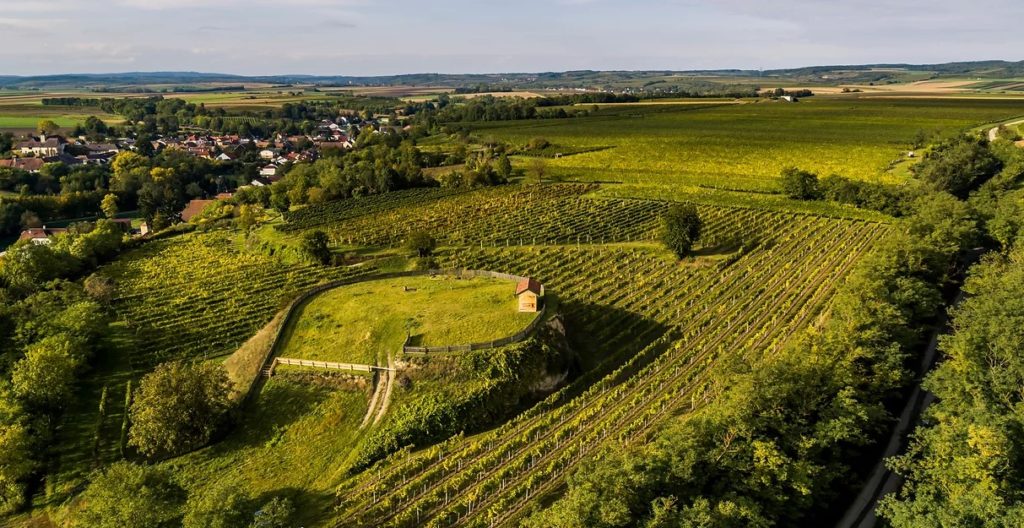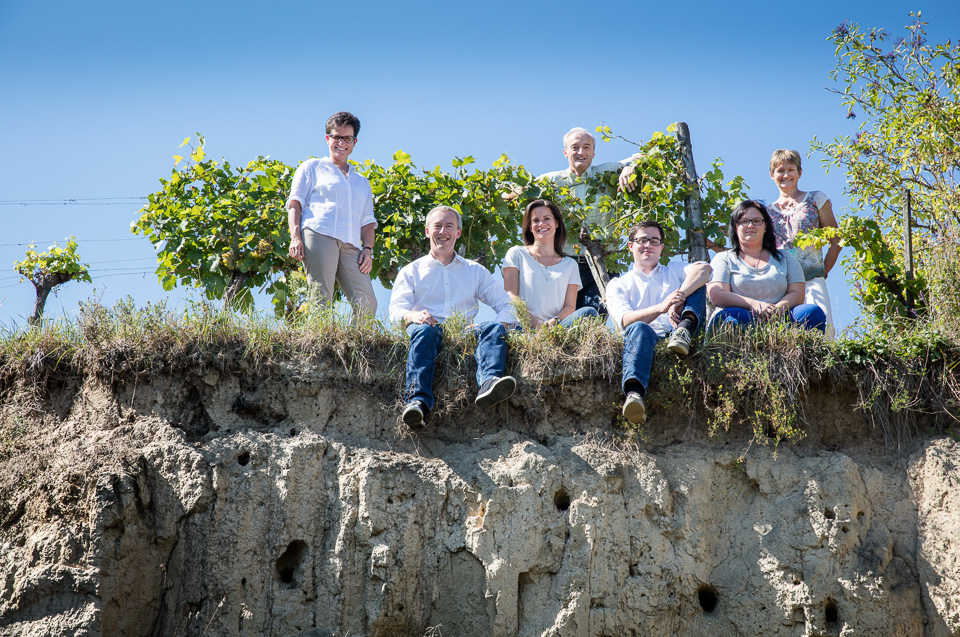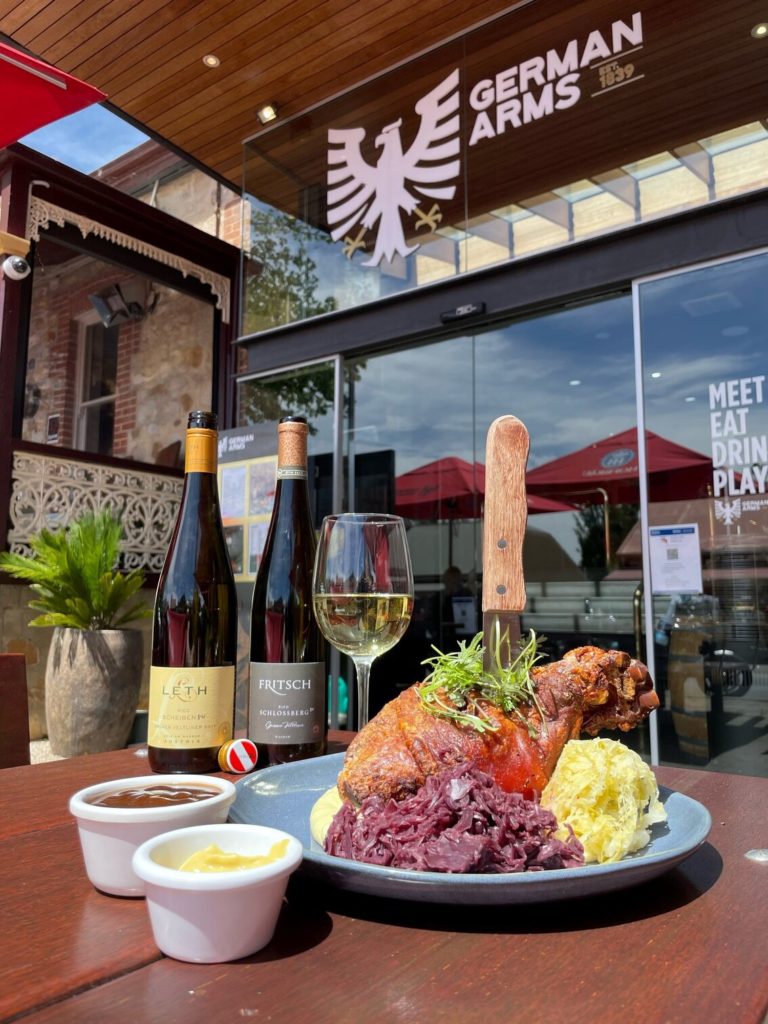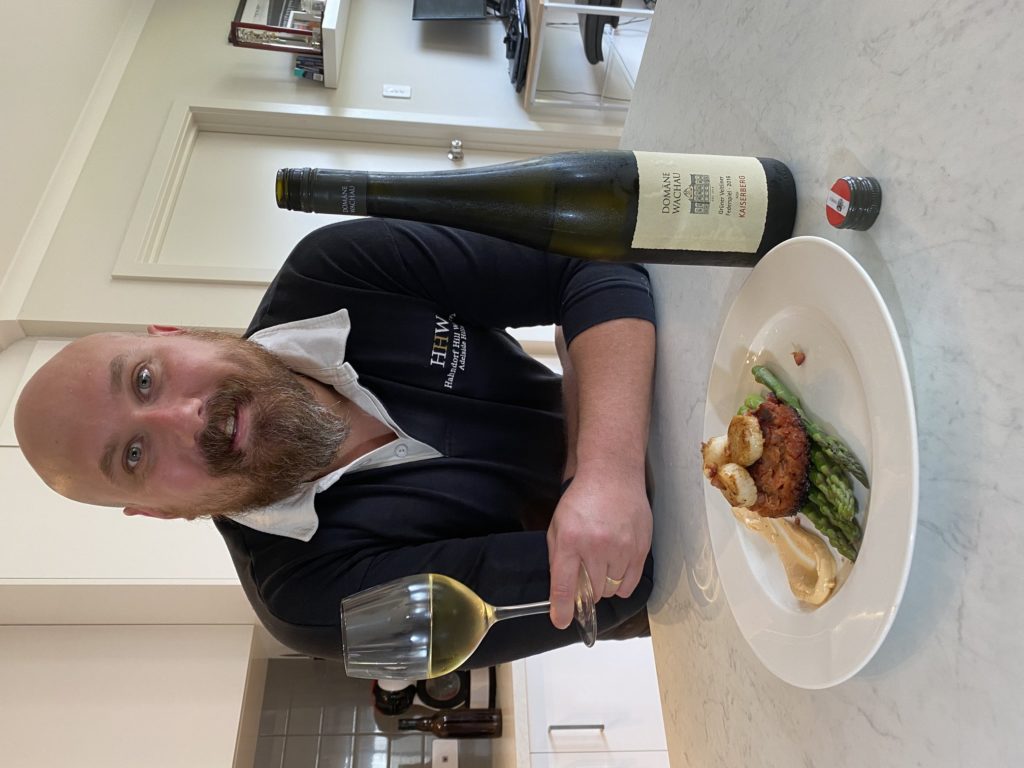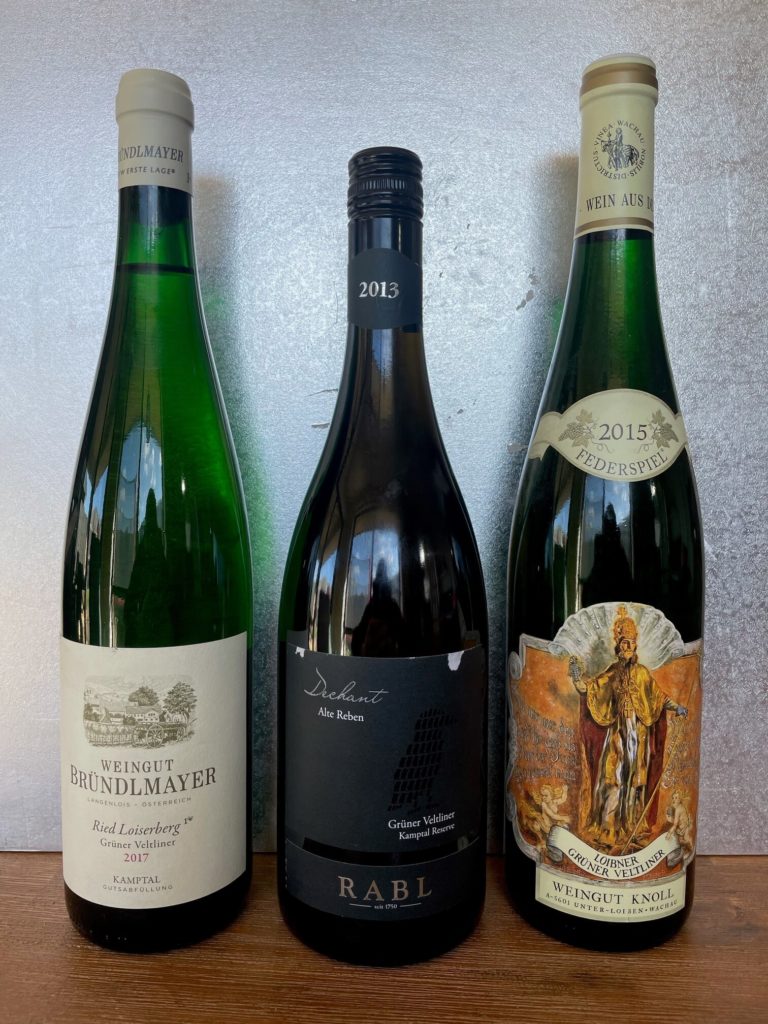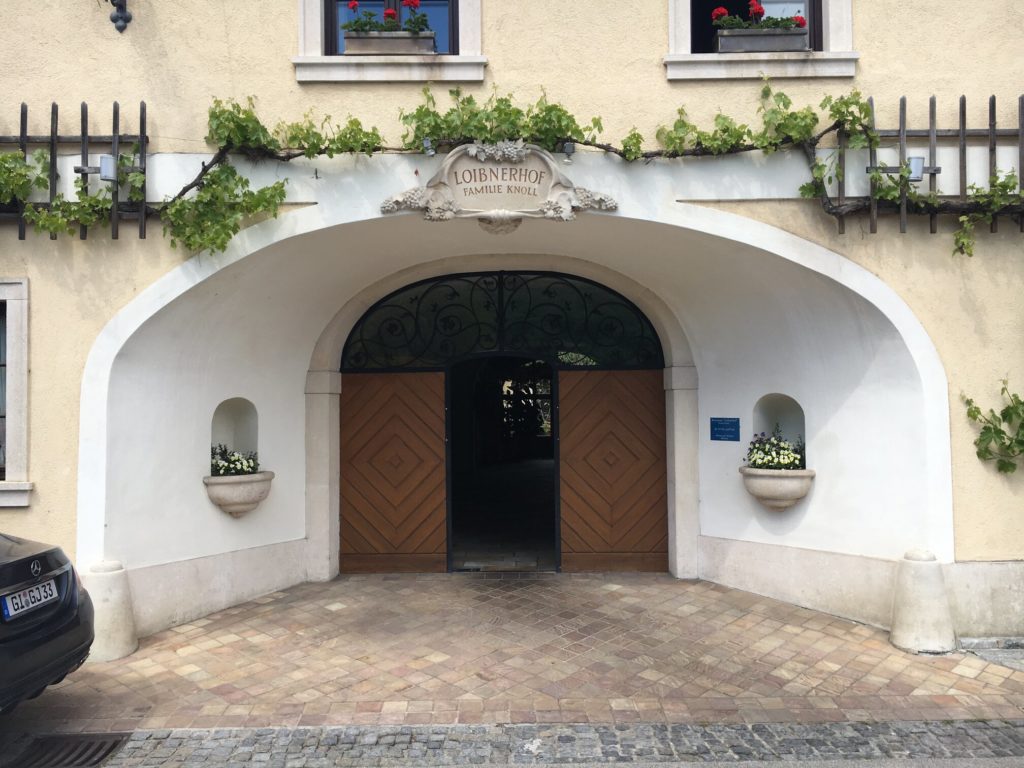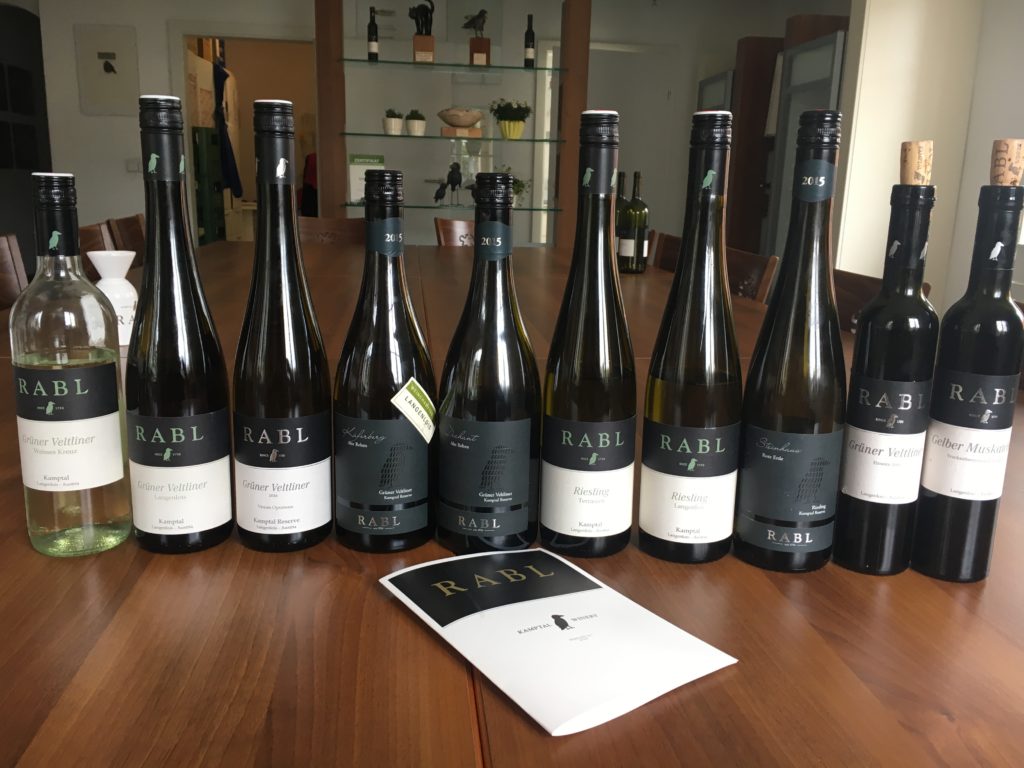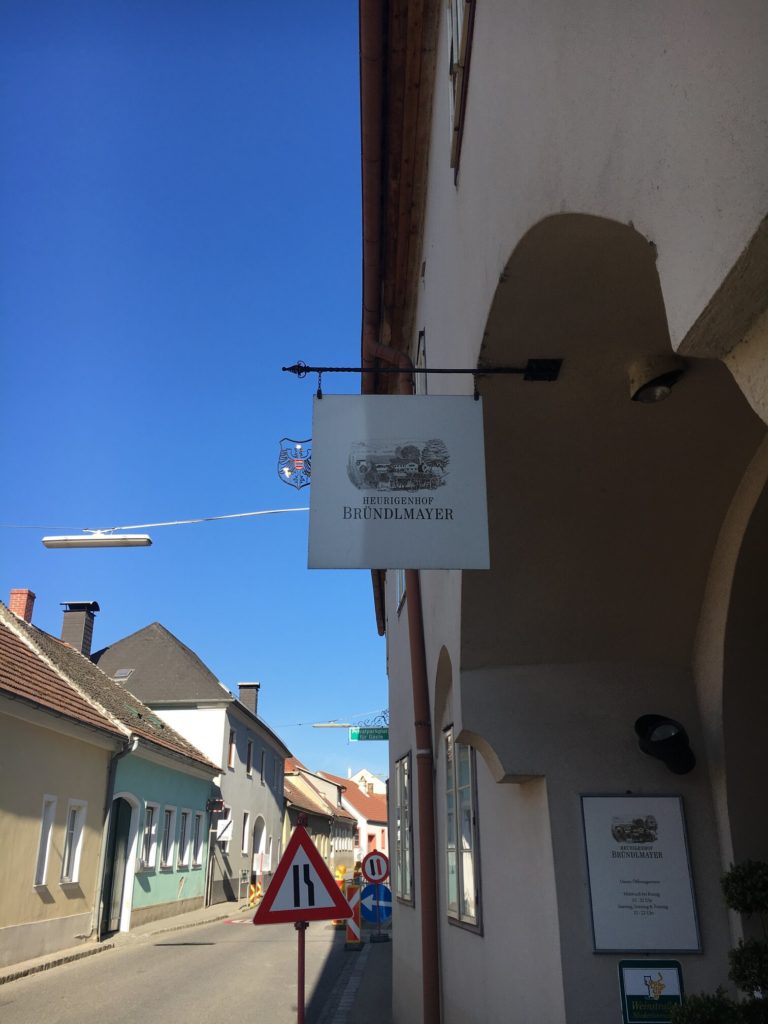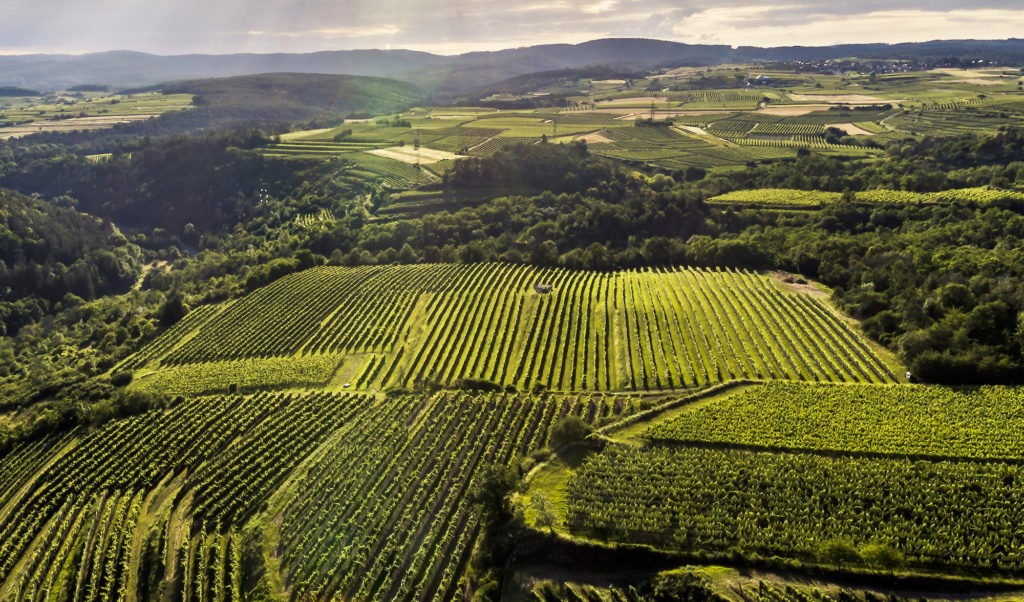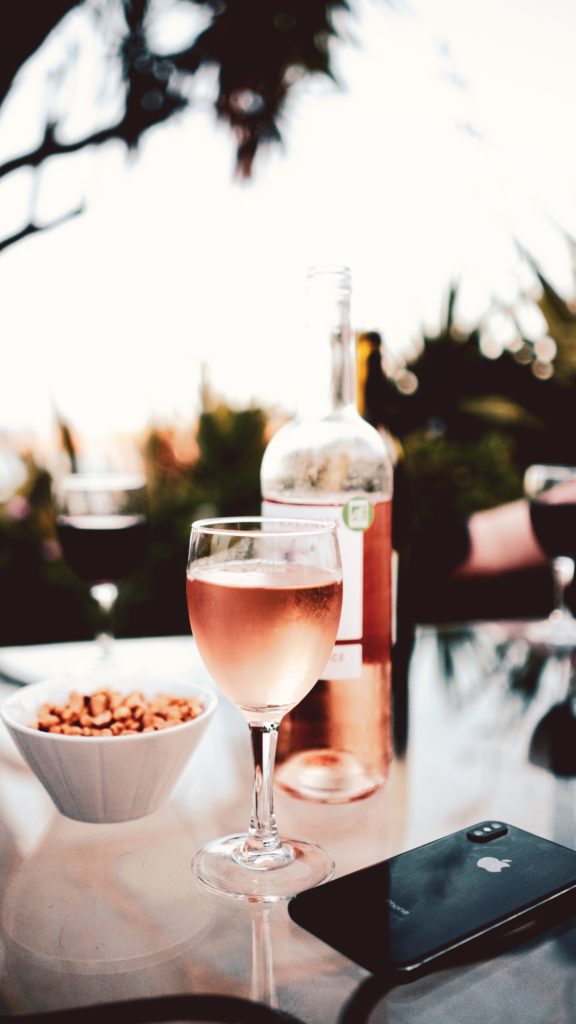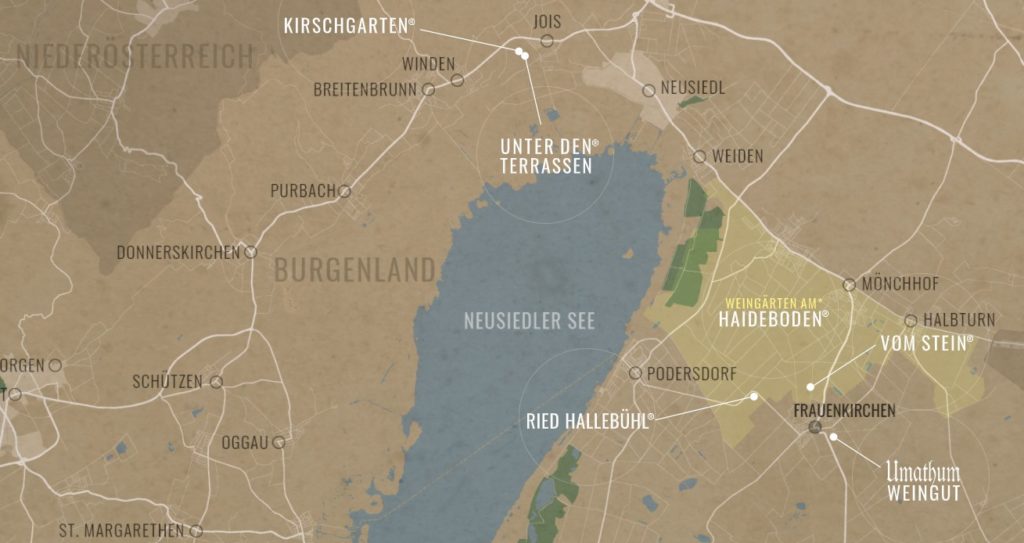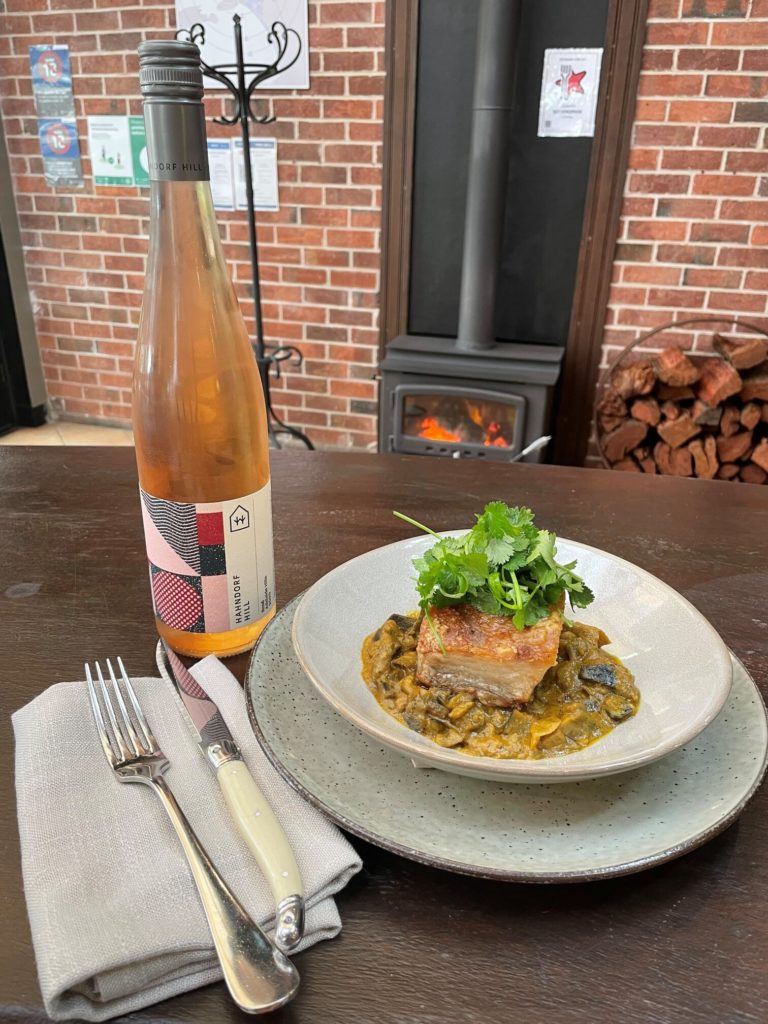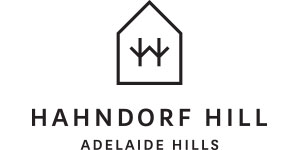
This week, while sorting through some hidden vinous treasures in our cellar, Larry and I found several bottles of the Mulderbosch Chardonnay 1997 – Mulderbosch being the winery in South Africa’s Stellenbosch wine region which Larry created and built up, prior to our emigration to Australia in 1997.
After 26 years in the bottle, this Mulderbosch Chardonnay is still glorious – a golden beauty with an inviting nose of caramelised citrus and a palate full and yet still taut, its rich citrus flavours integrated with truffle and marzipan and framed by the excellent acidity.
Tasting this wine made me recall that blind wine-tasting event organised by respected UK wine journalists Jancis Robinson MW and Tim Atkin MW at the Groucho Club in London in October 2002. This tasting had been inspired by a similar event a few months earlier in June, organised by fine wine expert Jan-Erik Paulson under the aegis of the VieVinum wine fair in Vienna, at which he’d pitted some of the most famous Chardonnays of France against the very best Gruner Veltliners from Austria.
His tasting panel had consisted of 39 wine journalists and other experienced tasters from 13 different countries. Astonishingly and sensationally, the result of his tasting saw the Gruner Veltliners vastly outshine the Chardonnays, an outcome that so fascinated and intrigued Ms Robinson that she determined to replicate the tasting in London, in order to “experience the proof of the pudding ourselves”.
Her tasting panel at the Groucho Club in October 2002 comprised 17 people with enviable palates from “London’s great and the good in wine writing, wine selling and wine serving”.
As Ms Robinson described it: “When we saw the Chardonnays proposed by Jan Paulson we were rather underwhelmed, so tinkered quite substantially with the list in order, as we saw it, to beef up Chardonnay’s chances against the mild and extremely obscure Austrian grape Gruner Veltliner.”
However, as Ms Robinson reported: “… despite the inclusion of appellations such as Montrachet and Corton Charlemagne, vintages such as 1996 and 1992 and producers such as Domaines Leflaive and Ramonet, Gruner Veltliner triumphed magnificently.”
To everyone’s surprise, the London taste-off upheld Gruner’s supremacy over Chardonnay as had been demonstrated by the earlier Jan-Erik Paulson taste-off in Vienna.
Ms Robinson observed: “The older the wine, the more difficult it was to tell the Gruner Veltliners from the Chardonnays, but if anything the older Austrian wines were in fact more lively and youthful than their counterparts from Burgundy .…”
Years later, Ms Robinson would comment: “Before this London tasting back in 2002, I could not imagine it would be anything other than a walkover for Chardonnay in general and white burgundy in particular.”
One of the Chardonnays selected by Ms Robinson for her London tasting event was none other than the Mulderbosch Chardonnay 1999, which acquitted itself extremely well, coming 9th in the line-up of 35 top wines. (After tasting the Mulderbosch 1997 Chardonnay this week, I imagine the 1999 vintage will be holding up just as well.)
It is interesting to examine the results of this London event. During the actual tasting, 11 Gruner Veltliners were sprinkled amongst 24 Chardonnays. Of the Chardonnays, seven were from France, six from Austria, one from Italy, one from Switzerland, three from California, two from South Africa (including the 1999 Mulderbosch), one from New Zealand, and three from Australia (the 1997 Penfolds Yattarna, the 1999 Eileen Hardy and the 1999 Petaluma Tiers).
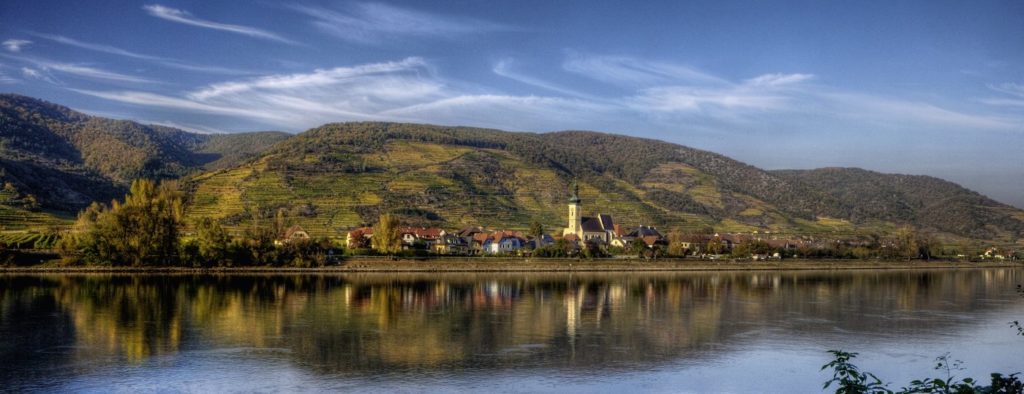
Nevertheless, the top-scoring wine was a 1990 Gruner Veltliner ‘Vinothekfulling’ Smaragd from renowned Wachau producer, Emmerich Knoll. Taking second place was a 1997 Gruner Veltliner ‘Ried Lamm’ from the Kamptal’s most celebrated producer, Brundlmayer. Coming in at third place was the 1997 Chardonnay Tiglat from Austrian producer, Velich. Fourth on the list was the 1990 Gruner Veltliner Steinriegl Smaragd from Prager, another top Wachau producer. And rated at number five was the 1998 Byron Chardonnay Nielson Vineyards from Californian producer, Mondavi.
The full results of the wines tasted can be found here:
https://www.jancisrobinson.com/articles/gruner-veltliner-v-chardonnay-the-results
This London blind tasting was much discussed afterwards by the wine media and to this day it is still referenced as an extraordinary wine event.
For lovers of Gruner Veltliner, it will come as no surprise that most of the GV wines in this event were all made in the Smaragd/ Reserve style. While the most popular style of Gruner Veltliner amongst everyday drinking punters is the fresh and lively Classic style of Gruner (otherwise known as the Federspiel style in the Wachau), it is the Reserve style (as it is called in the Kamptal and Kremstal wine regions of Austria) and the Smaragd style (as it is known in the Wachau region) that most closely emulate the classiest chardonnays from France and the New World.
These Smaragd/ Reserve styles of Gruner Veltliner are nearly always the most acclaimed and most expensive Gruner Veltliner wines to be found across the prestigious white wine regions of Austria. These wines are powerful and concentrated, with spice and great length, and they possess a lifespan of up to several decades.
Compared to the Classic/ Federspiel style of Gruner, which is usually picked from mid-September, the grapes for the Reserve/ Smaragd style of Gruner are harvested much later, continuing even into November, when they are lusciously rich and ripe.
Domaine Wachau, one of the best-known wineries from the Wachau region, is emphatic about what constitutes a Smaragd/ Reserve style of Gruner. The winery explains: “A highly textured palate, full body and good concentration typically characterise Grüner Veltliner in the Reserve or Smaragd range. The aromas are versatile and often convey an intense smoky minerality that can be associated with tobacco, graphite and wet stone. Ripe, tropical aromas of pomegranate, mango, pineapple, papaya, litchi, and passion fruit are also often present. The aromas are rounded off by subtly sweet, candied notes of hazelnut, orange, dried fig and apple, chamomile tea, honey, and beeswax.”
At Hahndorf Hill, we make four different styles of Gruner – Classic, Reserve, New World and Dessert. While four styles are both interesting and demanding to navigate from vineyard and through the fermentation processes in the winery, perhaps the most exciting wine to work with is the Hahndorf Hill Reserve Gruner Veltliner. This is because all effort put in along the wine’s journey from grape to bottle is generally rewarded with compound interest.
The fruit for the Reserve Gruner is harvested at a riper level than the Classic and New World styles, and the juice embarks on a journey that endeavours to walk a tightrope between retaining much of the vibrancy that this variety is known for, while also gradually building up mouthfeel, texture, savoury elements and body. The end results are invariable rewarding, producing wines that are complex and delicious to drink.
Perhaps my favourite vintage of the Hahndorf Hill Reserve Gruner Veltliner to date is the 2019. This wine is a joy to drink, and should continue to be so for another decade to come. It has been honoured along the way with four gold medals, including at the AWC Vienna International Wine Challenge in Austria, the London Wine Competition, and the Berlin Wine Trophy in Germany, plus a trophy award at the Australian Alternative Varieties Wine Show.

